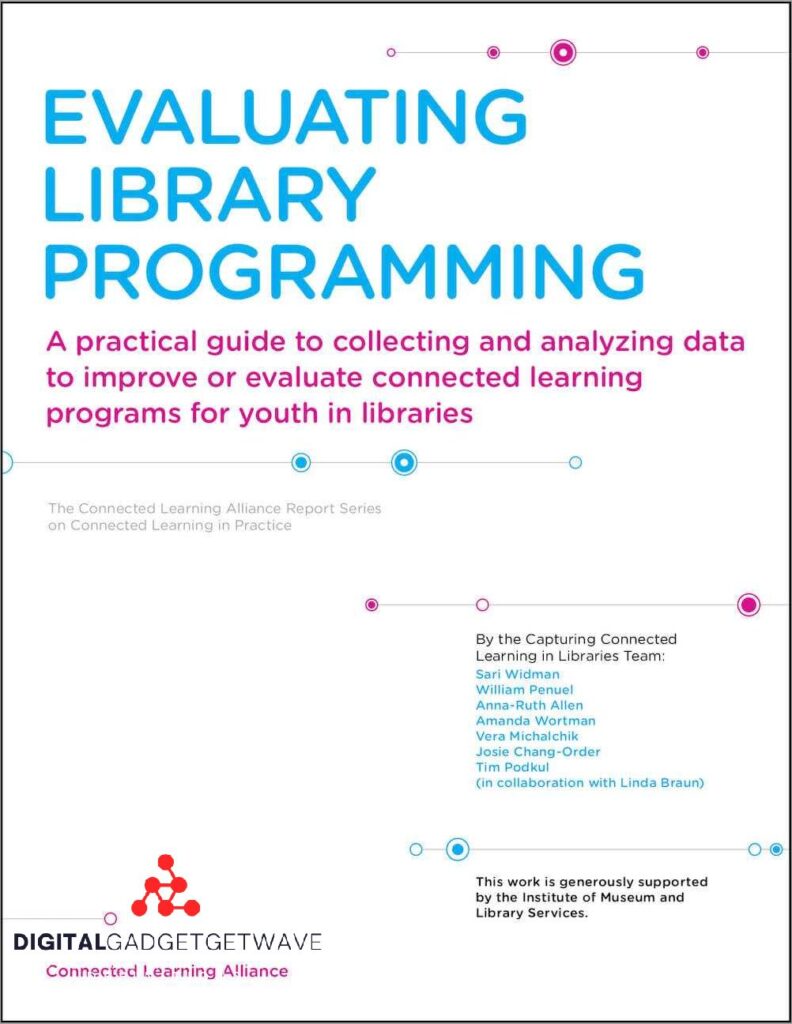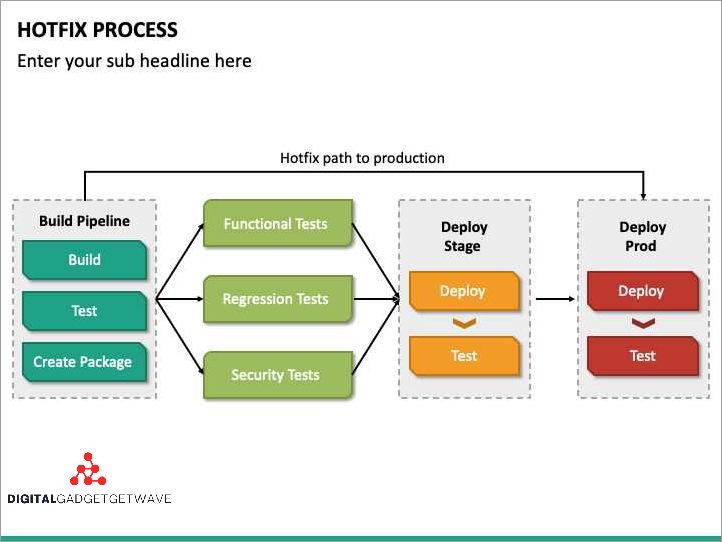What is Library Programming: A Comprehensive Guide
Library programming is a crucial aspect of modern software development. It involves using programming language to create and modify libraries, which are collections of precompiled code, documentation, and resources that provide functionality to other applications. Libraries are an essential part of web development, enabling developers to quickly and efficiently create complex and feature-rich applications. In ...












